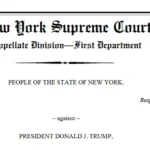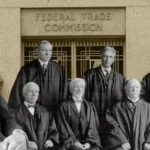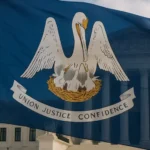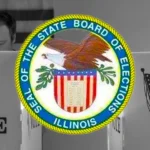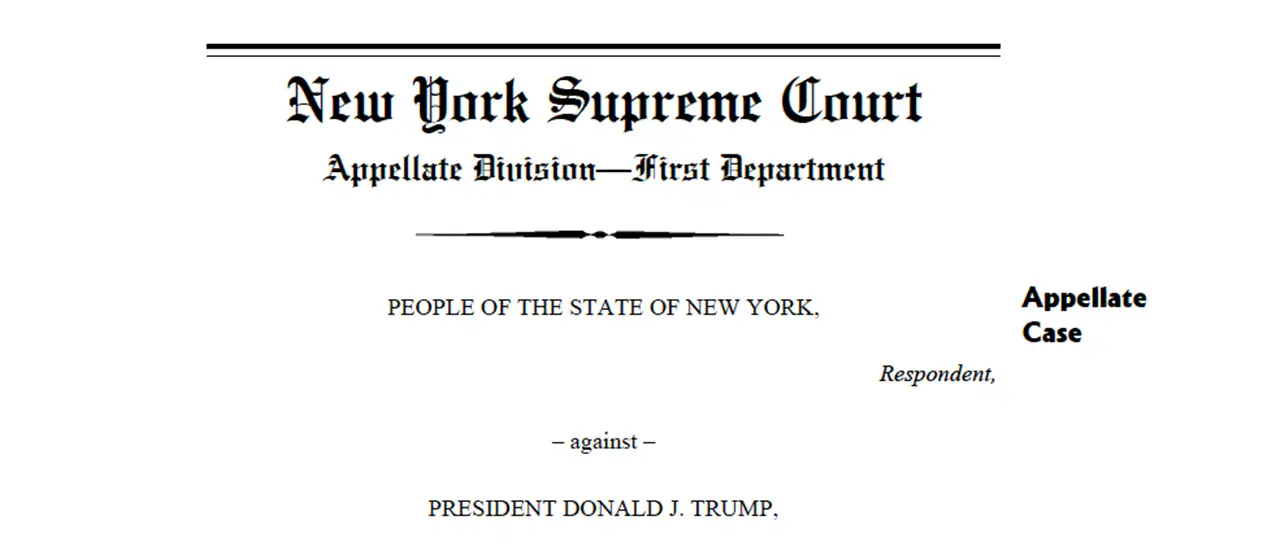
This week, Landmark joined Professor Seth Barrett Tillman in defending President Trump from a violation of his constitutional right to a unanimous jury verdict. In the New York State Supreme Court (New York’s trial court), Justice Juan Merchan instructed the jury that they need not reach a unanimous consensus on any one of the underlying predicate crimes. Landmark argues that this violates President Trump’s Sixth Amendment rights.
Justice Merchan instructed the jury to consider three “unlawful means” by which President Trump could have conspired to “promote or prevent the election of any person to a public office.” Under N.Y. Election Law Section 17-152, a defendant must meet at least one of three predicates to be convicted. These predicates are: violations of the Federal Election Campaign Act (FECA); falsification of business records; or violation of tax laws. As we point outhe brief: Judge Merchan’s jury instructions could theoretically result in a jury split 4-to-4-to-4, with each group of four agreeing that President Trump violated one of the predicates—but never unanimously agreeing that he violated any one of those predicates. Under Judge Merchan’s reasoning, so long as each juror believes that the Defendant is guilty of one of the predicates, no unanimity was required to convict.
This is a violation of the President’s constitutional right to a unanimous jury verdict. But this is not a novel issue, and Judge Merchan should have followed precedent. Other courts have already ruled on this legal issue and provided guidance. For example, the Racketeer Influenced and Corrupt Organizations (RICO) Act also makes use of predicate violations, with multiple violations often used to support a single RICO charge. In United States v. Gotti, the Second Circuit held that juries could not split on two predicates; the jury must be unanimous in determining which underlying criminal predicate the defendant violated. This means that the jurors cannot disagree on exactly what crime they think the defendant committed. If, for example, nine jurors agreed that President Trump violated tax laws, but only three agreed that he falsified business records, the court cannot instruct the jury that such a conclusion is permissible for a finding of guilt.
Justice Gorsuch encapsulates the issue, writing for the majority in Erlinger v. United States: “By requiring the Executive Branch to prove its charges to a unanimous jury beyond a reasonable doubt, the Fifth and Sixth Amendments seek to mitigate the risk of prosecutorial overreach and misconduct . . . . By requiring a unanimous jury to find every fact essential to an offender’s punishment, those amendments similarly seek to constrain the Judicial branch.” Justice Merchan failed to heed Justice Gorsuch’s warning of judicial and prosecutorial overreach.
Just like every other American, President Trump has a constitutional right to a fair trial. The left remains intent on waging lawfare against our President, whether it be Jack Smith’s failed witch hunt, the Georgia RICO case, attempts to remove President Trump from the ballot, or the instant case. Frivolous as these may be, they represent a real threat to our constitutional system.
Landmark will not sit idly by while the Left chases after conservative politicians they don’t like. We continue to support efforts to uphold the rule of law and defend the constitutional principles that make America the greatest nation on Earth.
Read Landmark’s brief in New York v. Trump here.
MEDIA INQUIRIES PLEASE CONTACT Michael O’Neill at [email protected]
SUPPORT LANDMARK LEGAL FOUNDATION
We are truly facing existential threats to our individual rights and liberties, the Constitution, and our national character. If unchallenged, this assault on our very way of life will ruin our great nation. With your financial and moral support, Landmark is not going to let that happen without a fight. Will you join us?
JOIN OUR MAILING LIST
Never miss an update from Landmark Legal Foundation as we continue the fight to preserve America’s principles and defend the Constitution from the radical left.

